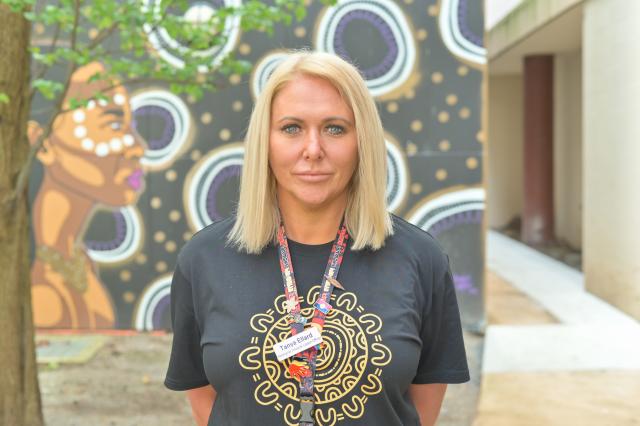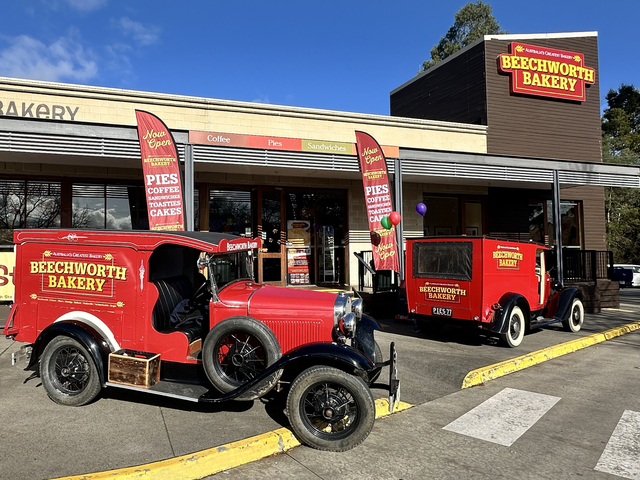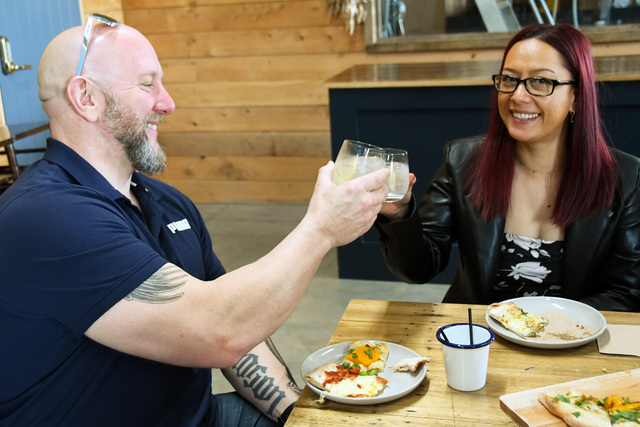Eastern Health announced its 2023-2026 Aboriginal Workforce Plan earlier this month, seeking to create a supportive and positive outcome for Aboriginal staff and patients.
Currently, Eastern Health has 21 Aboriginal employees.
Aboriginal Hospital Liaison Officer Team Leader Tanya Ellard said it’s extremely important for Eastern Health to support its Aboriginal Workforce Plan.
“It ensures that we commit and stand by our policies and procedures, helping us give back to the community and keeping Eastern Health accountable for what we need,” she said.
“The plan will support Aboriginal members of the workforce by stating what our future entails and how Eastern Health, as an employer, can offer a culturally safe environment during one’s career path. This also gives our Aboriginal community surety that they will be listened to and are welcomed into a culturally safe environment, free of prejudice and full of understanding.”
The plan aims to help make Eastern Health an employer of choice for Indigenous Australians, and get closer to the expected number of 61 Indigenous staff members at Eastern Health based on the Eastern Metropolitan Region (EMR) population.
Ms Ellard said it is so important to the Aboriginal Hospital Liaison Officers (AHLO’S) to see this plan in place, because it keeps Eastern Health accountable for the future.
“From my perspective it’s crucial that we have a welcoming environment for both employees and community. Aboriginal staff incorporate local community knowledge into their work every day, and by cultivating a culturally safe environment that is welcoming, gives us all a sense that we will be in safe hands,” she said.
Eastern Health’s overall employment goal for Aboriginal team members is to reach parity with the expected number based on the Victorian population as of the 2021 census: 110.
Ms Ellard said the role of an Aboriginal Hospital Liaison Officer is to be that ‘friendly face’ whilst on one’s journey of healthcare.
“Our consumers are typically referred by an Eastern Health employee or make a self-
referral, which allows us to get in contact and explain how we can support them,” she said.
“This could include providing cultural support in hospital or during outpatient visits at home, offering transport to and from appointments, referrals to external services and liaising with medical staff and speaking up for what our consumers need during their healthcare journey.”







